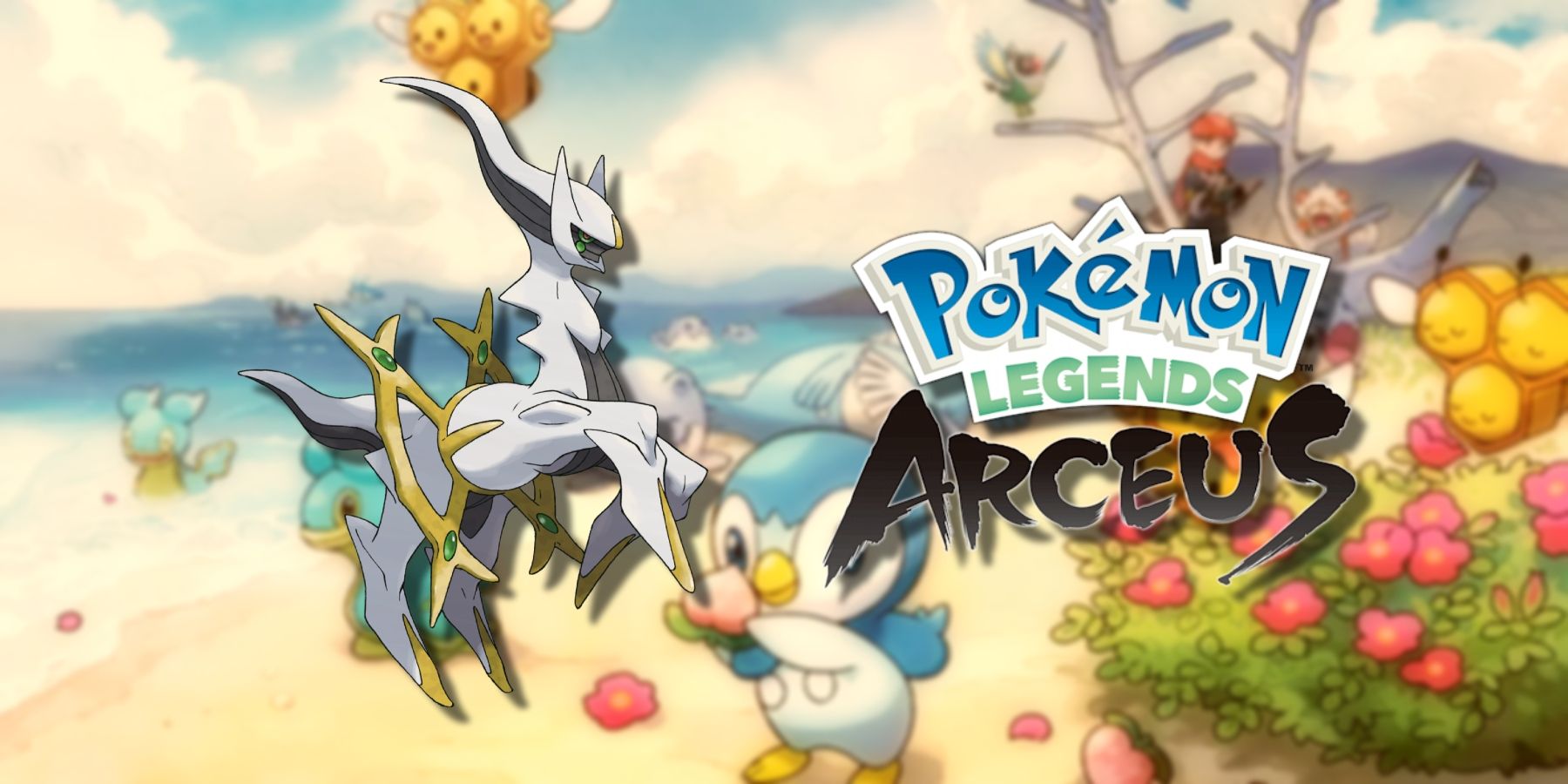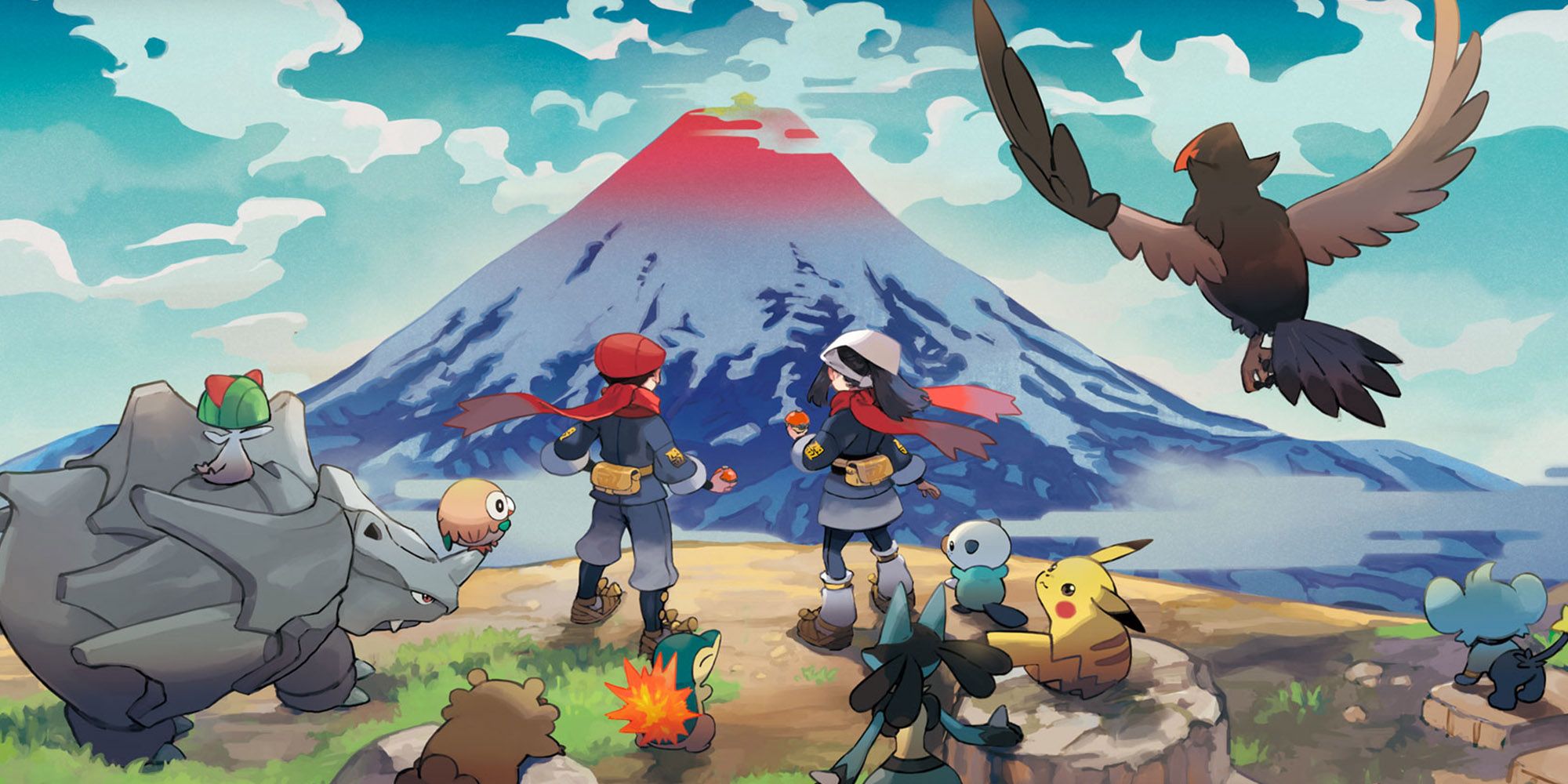Pokemon Legends: Arceus was released a year ago, with many fans not expecting such an early launch after Pokemon Brilliant Diamond and Shining Pearl. Still, soon after players started to experience what the game had to offer, it became clear that Pokemon Legends: Arceus was the most refreshing Pokemon game of the last decade, if not ever since the series’ inception. This is not only because of its incredibly innovative catching mechanics, but also because of all the nuances in its gameplay loop compared to past titles, such as the fact that tall grass didn’t contain Pokemon, and instead trainers could use it to “become the encounter.”
Tall grass didn’t come back in Pokemon Scarlet and Violet, though, with Gen 9 doing away with the feature entirely both for trainers and wild Pokemon encounters alike. While tall grass may return in Pokemon Black and White remakes in the future, its absence from Gen 9 games shows that the development of Pokemon Legends: Arceus did have a big impact on the direction of the franchise as a whole, and it may very well continue to do so. What follows is that Pokemon Legends: Arceus has plenty of lessons to teach even one year later, and it will be interesting to see how the franchise is reshaped in the future.
Lessons That Gen 10 and Other Pokemon Games Can Learn From Legends: Arceus
One of the most suggested features for Gen 9 ahead of the official reveal of Pokemon Scarlet and Violet was that new games could use Pokemon Legends: Arceus‘ catching mechanics in an open-world setting, or at least in the iconic Safari Zone of past Pokemon titles. While Scarlet and Violet showed that an open-world Pokemon game can be excellent even without Legends: Arceus‘ catching mechanics, they were so seamless and unique that they deserve to come back to the main series to some degree, and a Safari Zone-like area would be the perfect scenario.
Pokemon Legends: Arceus also had Soulslike elements with the way wild critters could attack the players’ character themselves, rather than their Pokemon, eventually causing them to faint if too many hits were sustained. It was the first time a Pokemon game did something like this, and it goes to show that boss battles in the open world do work and can be much more than what Pokemon Scarlet and Violet‘s rather dull Titans have to offer. Not all Pokemon should be aggressive toward players and attack them while exploring, but having some of them act like that would be an interesting change of pace for Gen 10 Pokemon games and beyond.
Another great lesson that Pokemon Legends: Arceus has to teach is that future games in the series can still be successful without having to make it hard for players to get all the critters on their own. Legends: Arceus did this by allowing items like the iconic Metal Coat to be used on Scyther and Onyx without having to trade them with other players, or, even better, by providing players with a new item called Linking Cord. The Linking Cord made trade-exclusive evolutions possible solo, much like regular evolution stones, but Scarlet and Violet didn’t use the same system.
Ultimately, there are many more lessons that future titles in the series can learn from Pokemon Legends: Arceus, ranging from an improved crafting system to unique side quests to take immersion to the next level. And yet, it’s the overall atmosphere of Pokemon Legends: Arceus that makes it such a special game, as it succeeds to make the Pokemon universe feel both dangerous and bustling with life even without a fully open-world setting. It will be hard to replicate this in future games, but it remains one of the best things about Pokemon Legends: Arceus even one year later.
Pokemon Legends: Arceus is available on the Nintendo Switch.

